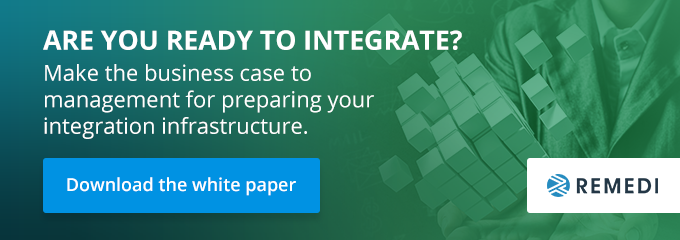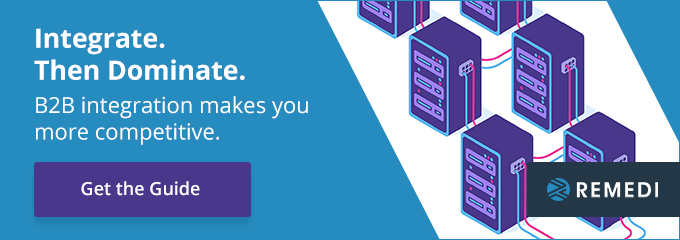
Today’s customers in the transportation industry are no longer willing to put up with guesses, estimates, and information that turns out to be inaccurate. They’re used to accessing real-time data in their personal lives. Customers now expect the companies with whom they do business to offer that capability.
How can transportation companies meet and manage customer expectations today? The answer lies in the right technological investments – read on to learn more. Are You Ready to integrate?
Customers Expect Greater Supply Chain Visibility
“Supply chain visibility” refers to the ability to track raw materials and components from original suppliers through the manufacturing process, the transportation process, and all the way to the customer. With the advent of technologies such as blockchain, customers are now accustomed to knowing where their goods came from – in fact, they have visibility into virtually every step of the process.
However, transportation companies often do not have this visibility. They still use many manual processes, which means that information resides in silos. As a result, they can’t meet this customer need.
Customers Expect Smooth, Timely Processes (Including On-Boarding)
How long does it take you to onboard new customers? Moreover, how much paperwork and how many processes do they have to go through just to work with you? At large firms, it could take between three and six months to onboard a new trading partner; that’s quite a bit of missed revenue if that trading partner is a new customer.
Customers want to work with transportation companies that can onboard them quickly. Moreover, they want the company’s processes to be smooth and seamless – they don’t want to deal with manual, time-consuming, error-ridden manual processes. If you don’t have the right technology in place, though, you can’t offer that kind of customer experience to your clients.

Customers Expect You to Manage Disruptions in Real-Time
You can’t always control unforeseen events that crop up along the way, like poor weather or a port closure due to a strike. Yet, today’s customers expect you to manage those disruptions in real-time. This connects to their expectation of greater supply chain visibility – with greater visibility, you have real-time knowledge of disruptions and can manage them effectively.
Without that visibility, though, you can’t respond effectively. Instead, you and your customers deal with delays that could have been mitigated.
How Can You Meet and Manage Customer Expectations?
The key to meeting and managing customer expectations lies in using the right technology. B2B integration centralizes your data, giving you greater supply chain visibility. In contrast, middleware integration enables the use of APIs for real-time information streams.
With these technologies, you understand what’s happening within the supply chain to predict delays or other nasty surprises and create a strategy to deal with them. Then, you’ll be able to offer customers the experience they want and even gain a competitive edge over other transportation companies. Investing in B2B integration and middleware integration gives you the capabilities you need to continue meeting customer needs into the future. Integrate. Then Dominate.




